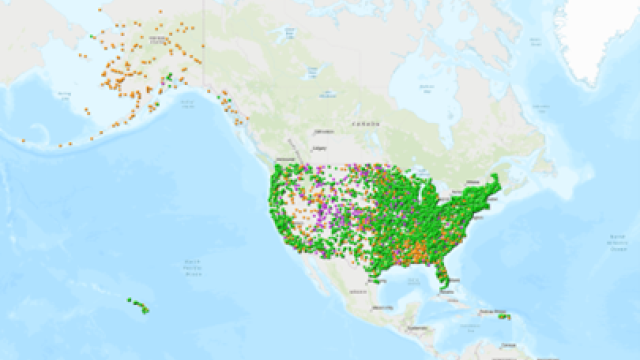Disaster Debris Mitigation and Planning
Natural and human-made disasters produce debris, making material and waste planning and management a critical part of disaster mitigation, preparation, response, and recovery. Responding to disasters can generate additional materials and wastes that need to be managed. Material and waste management includes staging, segregation, processing, sampling, characterization, packaging, transportation, monitoring, reuse, recycling, composting, treatment, and disposal, as well as mitigation activities. These activities are generally referred to collectively as waste or debris management.
Learn more about how communities can increase their resilience to all disasters and hazards through material and waste planning and management.
-
Disaster Debris Streams

Explore what materials and wastes may be in debris generated from natural and human-made disasters.
-
Mitigating Disaster Debris

Find ways to conserve resources, reduce waste, and minimize environmental impacts before and after disasters.
-
Pre-Incident Planning

Prepare for material and waste management activities for all disasters.
-
Tools and Resources

Access tools and resources that can assist in managing materials and wastes from natural and human-made disasters.
